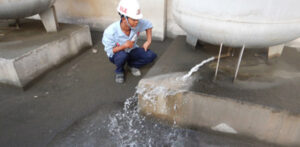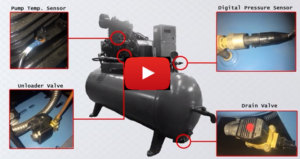Understanding Air Compressor Unloader Valves: Types, Functions, and Installation
Air compressor unloader valves play a crucial role in the efficient and safe operation of reciprocating air compressors. These small but essential components help manage pressure, facilitate motor startup, and improve overall system performance. In this article, we’ll explore the different types of unloader valves, their functions, where to find them, and how they interact with modern compressor controllers.
Types of Unloader Valves
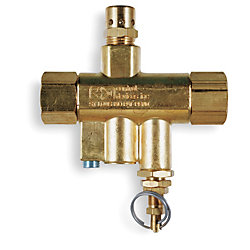
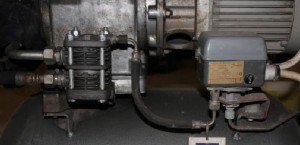
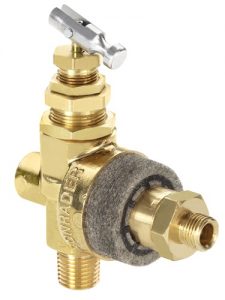
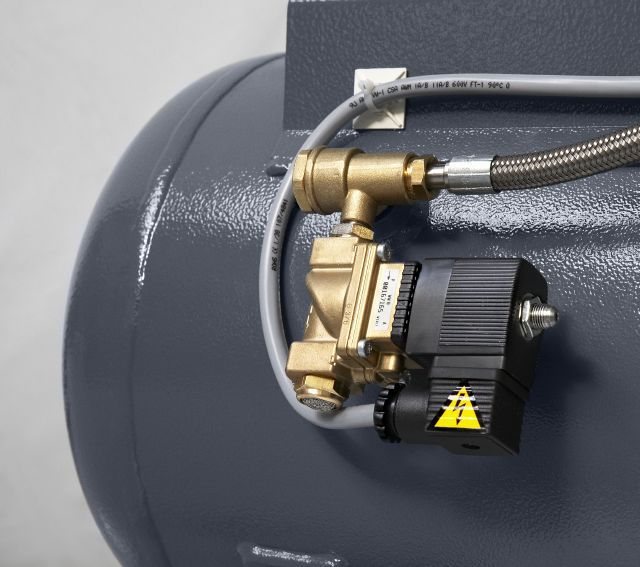
- Pressure Switch Unloader Valve The most common type found on smaller air compressors, this valve is typically integrated into or mounted on the pressure switch. It activates when the pressure switch turns off the compressor.
- Piloted Unloader Valve Used in larger compressors, this type consists of a main unloader valve controlled by a smaller pilot valve. It offers more precise control and is suitable for higher-capacity systems.
- Solenoid Unloader Valve Modern compressors often use electrically-controlled solenoid valves for unloading. These offer quick response times and can be easily integrated with digital control systems.
We recommend reading Tameson’s comprehensive guide on compressor unloader valves. This resource provides valuable insights into how these crucial components function and their role in air compressor systems.
Read the full article at: https://tameson.com/pages/compressor-unloader-valves
Functions of Unloader Valves
Regardless of the type, unloader valves serve several important functions:
- Pressure Relief: They release trapped air from the pump head and discharge line when the compressor stops, reducing the load on the motor for the next startup.
- Motor Protection: By reducing the starting load, unloader valves help prevent motor overload and extend the life of the electrical components.
- Energy Efficiency: Proper unloading allows the compressor to start with minimal resistance, reducing energy consumption during startup cycles.
- System Longevity: By managing pressure effectively, unloader valves help prevent excessive wear on compressor components.
Where to Find Unloader Valves
The location of the unloader valve depends on the compressor size and type:
- On smaller units, look for the valve on or inside the pressure switch.
- For larger compressors, the main unloader valve is often located near the compressor pump, with a pilot valve near the pressure switch.
- In some cases, the unloader valve may be integrated into the compressor head or discharge line.
Compressor Controllers and Unloader Valves
Modern air compressor systems often incorporate digital compressor controllers for enhanced performance and efficiency. These controllers work in conjunction with existing unloader valves, rather than replacing them. Here’s how they interact:
- Installation: Compressor controllers are typically installed inline with existing unloader valves. They don’t replace the mechanical valve but rather control its operation more precisely and are installed inline.
- Enhanced Control: The controller can manage the timing and duration of the unloading process based on various system parameters, improving overall efficiency.
- Intelligent Unloading: By monitoring system pressure, temperature, and other factors, the controller can optimize the unloading process for different operating conditions.
- Compatibility: Most compressor controllers are designed to work with various types of unloader valves, making them versatile upgrades for many existing systems.
Unloader Valve Integration: Step-by-Step Guide
How to Seamlessly Connect Your Compressor Controller to Existing Unloader Valves
Conclusion
Understanding the types, functions, and locations of unloader valves is essential for anyone working with air compressors. Whether you’re dealing with a simple pressure switch unloader or a more complex piloted system, these valves play a critical role in compressor operation. As technology advances, the integration of digital controllers with traditional unloader valves offers new opportunities for improved performance and efficiency in compressed air systems.


